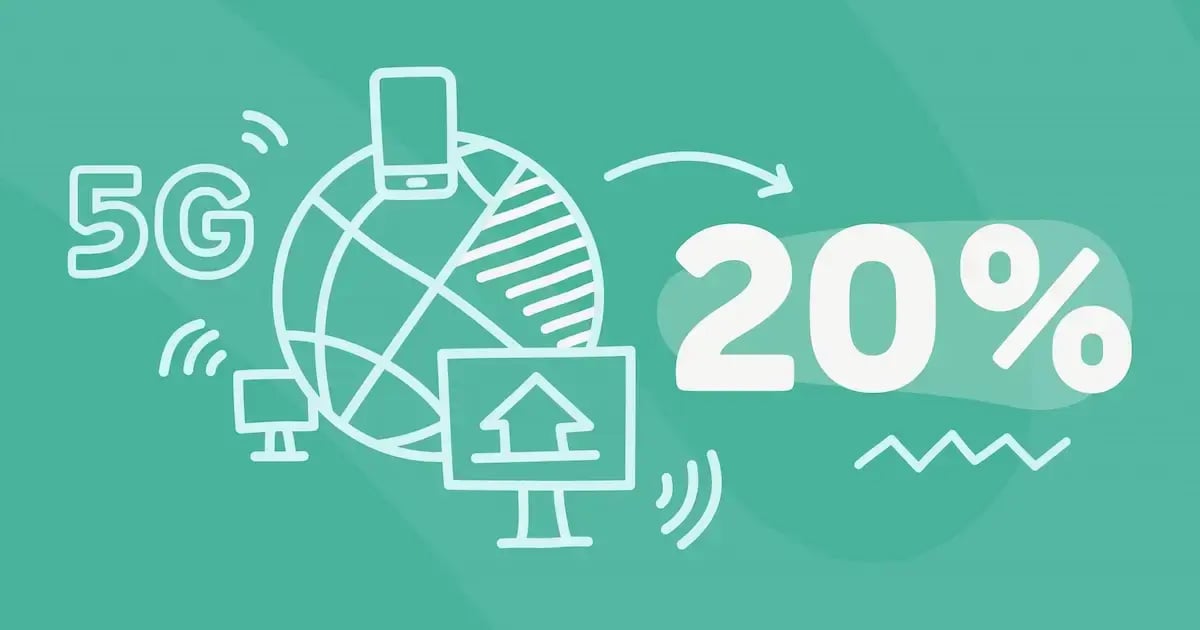- Blog
Sign up to our newsletter
Trends in the Telecommunication Manufacturing Industry in 2022
Technological advances have threatened the dominance of the telecom sector for the first time in its history. Telecom cybersecurity, 5G, blockchain, and Fixed Wireless Access are a few of the advances that underline the telecommunication manufacturing industry’s need to reinvent itself to survive in the future.
Interestingly these advances can be favorable for telecom providers, as they now have the opportunity to expand beyond traditional telecom services, partner or compete with tech giants and offer their services directly to customers.
It is an opportunity to provide greater value to consumers, harness and use innovative technology correctly to reduce customer churn, differentiate against competitors, and enhance productivity.
For telecommunication manufacturers to ensure their survival in the future, thinking outside the connectivity box and focusing on innovating is a must.
Telecom cybersecurity, 5G, blockchain, and Fixed Wireless Access are not just buzzwords; these technologies are disrupting the industry and changing the telecom business model.
Being the first to implement new technologies in telecom equipment also bears the risk of product failure. Therefore, manufacturers must close the loop to ensure their products function as intended and get a foothold in the market.
We cannot emphasize the importance of testing innovative technology to ensure long-term sustainable growth by satisfying your customer's changing needs. The question is: which technologies should receive greater attention in terms of testing?
Let us consider the top trends in the telecom manufacturing industry in 2022.
.webp?width=730&height=383&name=Wirtek%20blog%20visuals-01%20(1).webp)
Telecommunication cybersecurity
In our interconnected world, the telecom industry keeps everyone connected 24/7 via a complex infrastructure that includes mobile phones, internet providers, cloud, IoT devices, and satellites. But this widespread infrastructure makes the industry attractive to cybercriminals.
Cyber attacks against the telecom industry have soared in recent years. Thus the diversity of services provided by telecom providers comes with an ever-increasing cyber risk.
When you consider that this industry controls the majority of critical infrastructure worldwide, the importance of telecommunication cybersecurity is paramount.
The most common telecom cybersecurity threats include:
- Supply Chain Threats
- Cloud Threats
- IoT Threats
- Phishing Threats
Reducing the risk of cyber-attacks is not a quick fix. Telecommunication manufacturers should be implementing processes and procedures to ensure diminishing risks at the lowest possible level.
The first is to focus on rigorous testing of novel technology before and after the product launch to ensure it is privacy compliant. This can prevent incidents like the 2022 T-Mobile breach when the company had its source code stolen for various projects!
Rigorous testing ensures the product technology's complete privacy.
Testing prototypes in secured environments is mandatory to mitigate the most common telecom cybersecurity threats. A team with expertise in creating secure testing environments should provide the product technology's complete privacy. This team can approach possible security breaches without being affected by product/technology fatigue.
5G in the telecommunication manufacturing industry
According to GSMA, 5G technology will account for 20% of global mobile connections. Operators and carriers are willing to invest around $1.1 trillion in mobile CAPEX in 2020-2025.
This will impact more than just connectivity. It paves the way for edge computing and IoT to enable automation and digitalization. In addition, it will enhance monitoring and improve the management of business operations and processes.
According to Ericsson, smartphones’ monthly mobile data traffic should grow to 15GB in 2024.
With this remarkable opportunity in 5G development comes the challenges telecommunications equipment manufacturers face: reducing time to market while ensuring quality control and adopting innovative technologies to stay ahead of the competition.
Ensuring device security is also a critical aspect telecommunications equipment manufacturers need to consider. The 5G race for innovative devices can create security breaches. Therefore, finding and retaining specialized engineers to ensure testing 5G equipment in secured environments is crucial to improving time to market.

Fixed wireless access in the telecommunication manufacturing industry
A high-speed, stable internet connection is mandatory for setting up a modern business, especially for organizations that rely on cloud-based tools to carry out their routine operations.
What happens when businesses operate in remote locations, unreachable by connectivity options? They turn to fixed wireless access options.
Here are the top advantages of this internet technology:
- Faster implementation
The most significant advantage of fixed wireless technology is hassle-free implementation. All telecom providers need to do is develop a wireless base station, through which any receiver within a certain distance can connect to the internet.
- Access in remote areas
Fixed wireless can be made available in rural and remote areas because its infrastructure does not depend on cables and fibers. Therefore, it is much more cost-effective.
- Reliability
Fixed wireless is not affected by weather and natural disasters in the way that fiber internet or DSL are affected. Fixed wireless engineers know how to work with the terrain and adapt to the environment to find solutions that reduce the chances of weather interference.
Blockchain in the telecommunication manufacturing industry
Telecom organizations face challenges regarding the increase in data exchanges. This is due to a highly complex network of transactions and dynamic, constantly changing contractual information.
The billions of mobile interactions conducted through hundreds of networks managed by different suppliers make the reconciliation processes ever more difficult for telecom companies. One way to combat the complexity of the future of connectivity is by using blockchain.
Telecom industry providers' pain points reside in network and infrastructure, as most had to upgrade to 5G technology soon after implementing the 4G/LTE technology.
In addition, existing technologies for operation support systems have resulted in process inefficiencies, leakages, and poor customer experience. According to a Deloitte report, communication service providers lose approximately 40 billion dollars annually to fraudulent activities.
There are telecom organizations that have already begun to use blockchain to streamline their processes. One example is Telefonica, which utilizes IBM's blockchain platform to log the information collected by networks when routing international calls.
Deutsche Telecom is another example. The company is working on a German Blockchain Ecosystem, enabling customers to map different apps using blockchain.
The global telecom giant Vodafone collaborates with IBM to connect the suppliers of any organization through a standard blockchain that will allow them to transact.
Therefore, blockchain may offer the core solution for telecom organizations to come together to use the same ground infrastructure. It enables streamlining processes and operations while mitigating cybersecurity risks.
Blockchain can also improve customer experience and reduce the amount of unutilized data. And it does so by creating marketplaces where customers can sell the data they have not used directly to other customers.
Final thoughts
The telecom industry has an essential role in both the lives of customers and businesses, making the world more connected daily.
Considering the telecommunication trends, manufacturers must prepare strategies to prioritize new services and innovative technologies. This is how they will win over an ever-more-demanding customer base.
The business development opportunities are more significant than ever:
- Developing fixed wireless access technology as more and more businesses operate remotely
- Improving 5G technology to pave the way for edge computing and IoT
- Implementing blockchain solutions to streamline processes and operations
However, telecommunication manufacturers must mitigate the most common telecom cybersecurity threats in the race for innovative devices.

